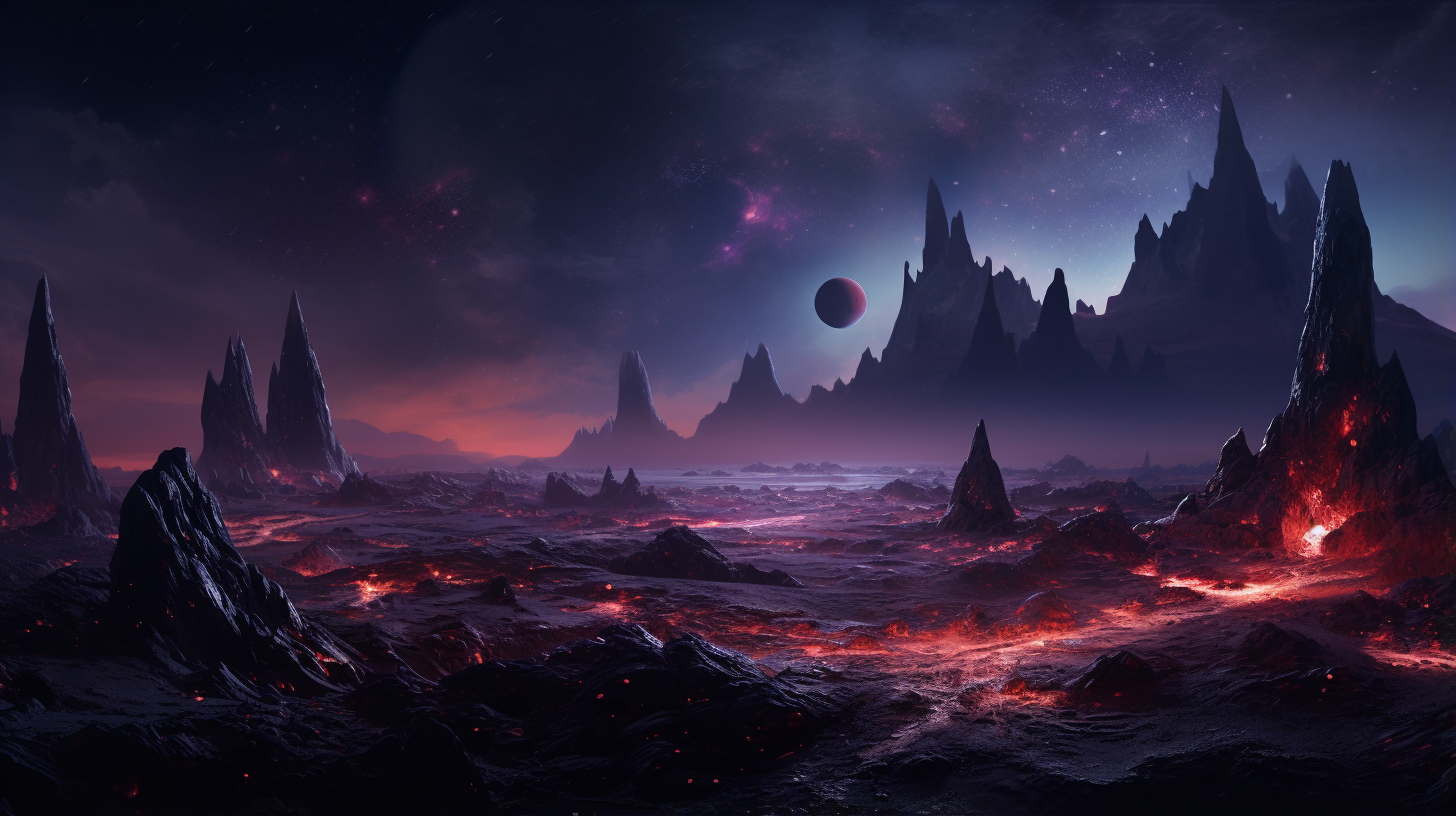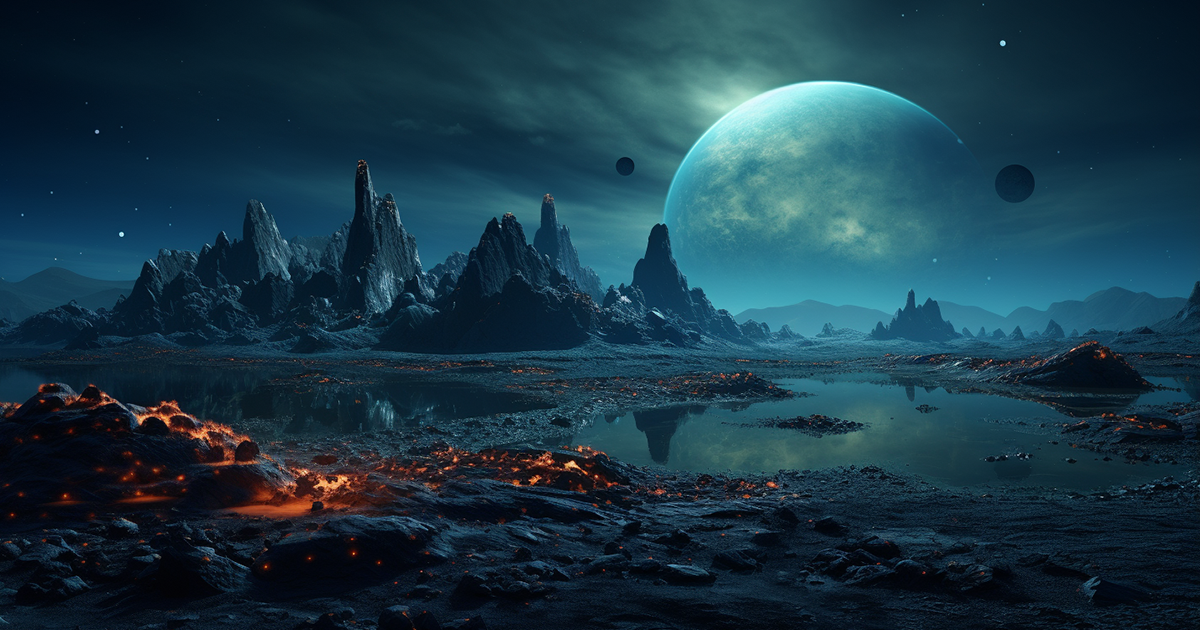Deep in the heart of French Guiana, an extraordinary event unfolded that has the potential to reshape our perception of the cosmos. It was a grand moment as a robust rocket ascended into the skies from the Guiana Space Centre, marking the launch of the James Webb Space Telescope, a symbol of human ambition and brilliance.
Endowed with a staggering budget of $10 billion, NASA’s James Webb Space Telescope set out to achieve what no other telescope had dared before – to gaze deeper into the universe than ever imagined.
Fast forward half a year, and the James Webb Space Telescope unveiled its initial collection of mesmerizing images. These images revealed hidden galaxies, the genesis of new stars, and the mysterious existence of black holes.
This remarkable feat kindled a flicker of hope among many, reigniting an age-old query: Are we truly solitary beings in the boundless expanse of the cosmos? The James Webb Space Telescope has granted humanity unmatched clarity in its cosmic explorations.
Let us not underestimate the prowess of the James Webb telescope. It has transformed iconic images from the Hubble Space Telescope, those which left us in wonderment years ago, into even more vivid, intricate, and astonishing portrayals.

Through the James Webb telescope, scientists envisage the revelation of additional exoplanets, some of which might shelter intelligent life akin to Earth.
One of the primary missions of the telescope is to pinpoint planets residing in the habitable or Goldilocks Zone, where conditions could be conducive for thriving life forms. Looking towards the future, numerous experts speculate that within the next few decades, evidence of extraterrestrial life might indeed surface.
Given the extraordinary capabilities of the James Webb Space Telescope, it is only natural for some to ponder on the possibilities awaiting if NASA were to redirect its advanced technology towards uncovering signs of extraterrestrial visitors to our planet.
This contemplation gained momentum when, on June 9, 2022, NASA unveiled its intentions to initiate an independent investigation on Unidentified Aerial Phenomena (UAPs).
As an entity with a legacy of venturing into the unknown, NASA is well-equipped to conduct such inquiries. They oversee operations at the space station, deploy satellites into the far reaches of space, and undertake ventures into the interstellar realm. Should unidentified entities breach our atmosphere from the depths of outer space, NASA stands in an ideal position to detect their presence.
On May 31, 2023, NASA convened its inaugural public hearing to ponder over the organization’s commitment towards studying UAPs. It is now a collective duty to scrutinize these incidents with the meticulous scientific scrutiny they merit.
This initiative opens the doors to broadening our comprehension of the world surrounding us, aligning with NASA’s inherent dedication to exploring uncharted territories.

Could NASA’s unprecedented endeavors in the pursuit of UFOs eventually yield a breakthrough in uncovering proof of extraterrestrial existence? Certain ancient astronaut theorists propose that NASA might already possess substantial evidence of intelligent beings beyond Earth.
They refer to historical narrations from NASA astronauts, such as Edgar Mitchell and Gordon Cooper, who openly recounted their encounters with UFOs and even hinted at knowledge of alien technology within the possession of the United States government.
Furthermore, there have been compelling photographs and testimonies of unidentified objects captured during NASA expeditions, including a striking image of a triangular craft taken in 1986 from the space shuttle. While officially dubbed as “space debris,” the photograph triggers queries about structured entities in space.
As NASA officially delves into the investigation of UFOs, there is an escalating expectancy that we may soon obtain decisive evidence of extraterrestrial presence on Earth. While NASA is undeniably equipped for this task, some researchers argue that our most valuable asset in the quest for UFOs is the ubiquitous smartphone.
Common individuals globally now document high-definition footage of occurrences that defy conventional explanations, adding to the growing mound of evidence suggesting that we might not be the sole entities in the cosmos.
Video:
To conclude, the James Webb Space Telescope signifies a monumental stride in our cosmic explorations. While it has already disclosed the splendor of far-off galaxies and the enigmatic profundities of space, it also stirs our fascination with the potentiality of extraterrestrial life.
NASA’s quest into UFOs introduces another dimension to this cosmic puzzle, and the world observes with anticipation as we venture into uncharted domains armed with advanced technology and the collective determination to unveil the enigmas of the universe.
